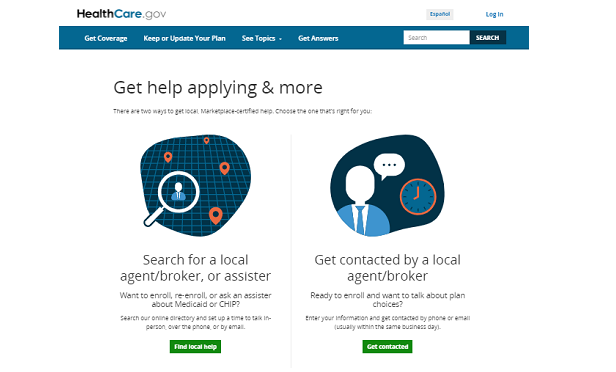

NOT FOR REPRINT
Web Brokers Might Get to Run Some States' ACA Exchange Enrollment
By
Allison Bell
Analysis December 02, 2020 at 09:52 AM
Share & Print

NOT FOR REPRINT
© 2025 ALM Global, LLC, All Rights Reserved. Request academic re-use from www.copyright.com. All other uses, submit a request to [email protected]. For more information visit Asset & Logo Licensing.


